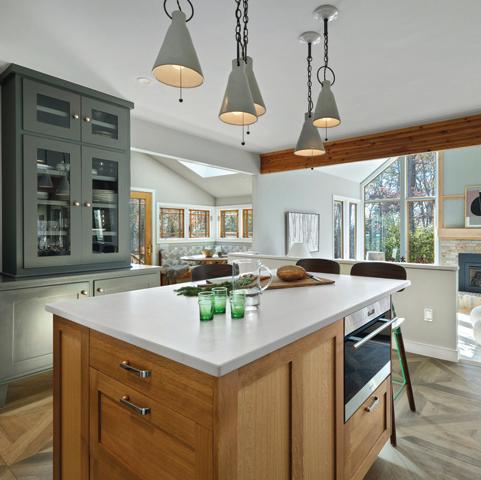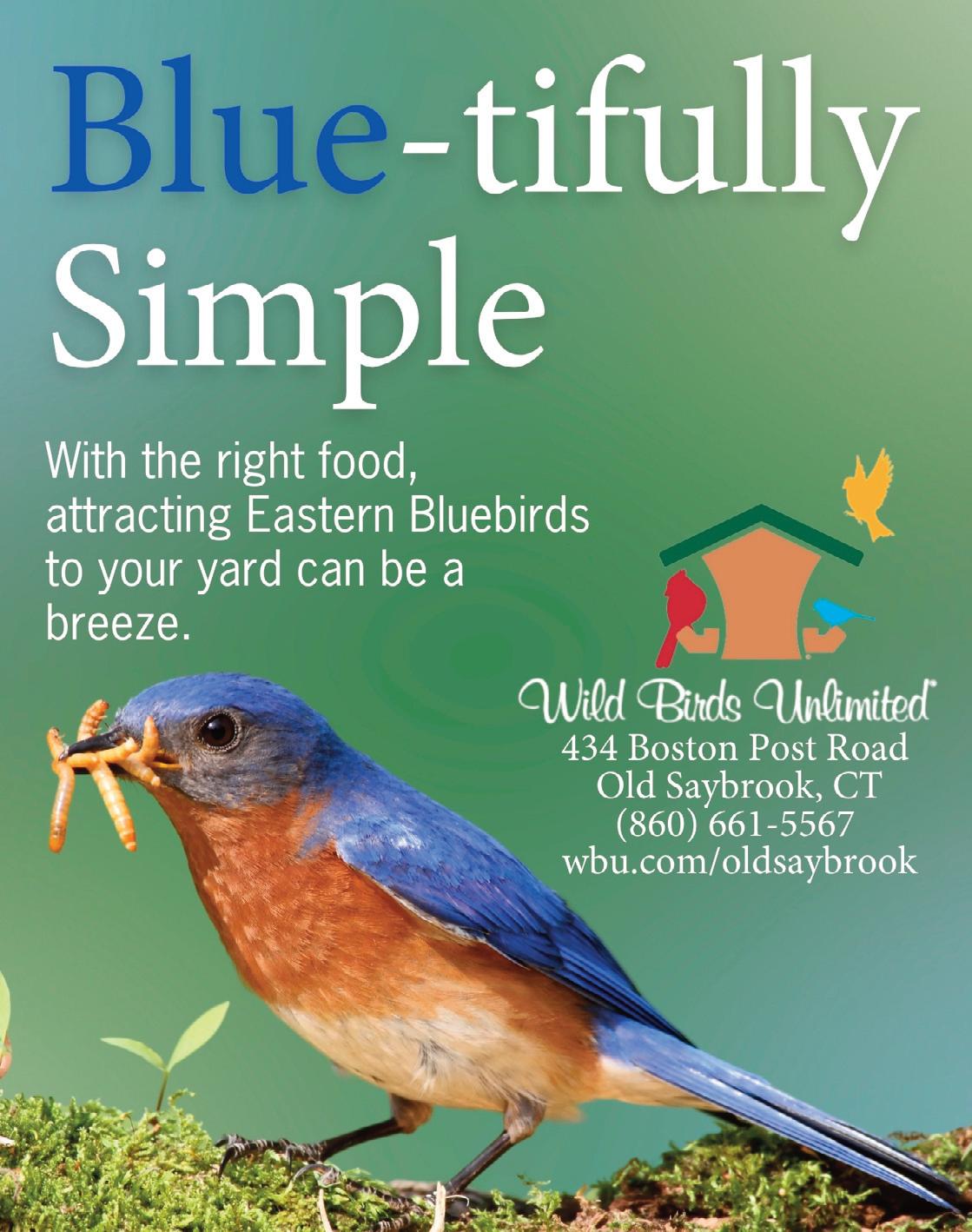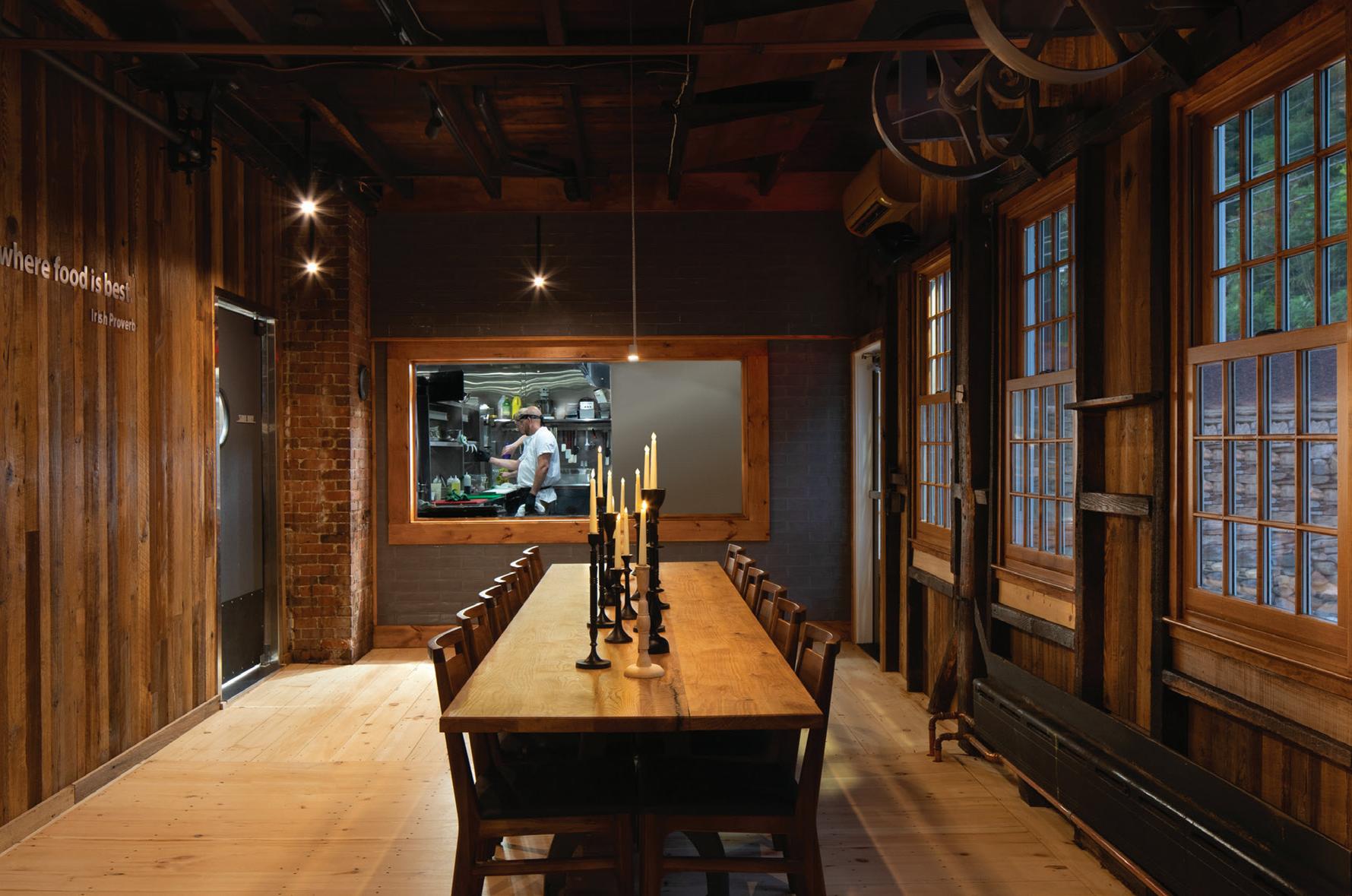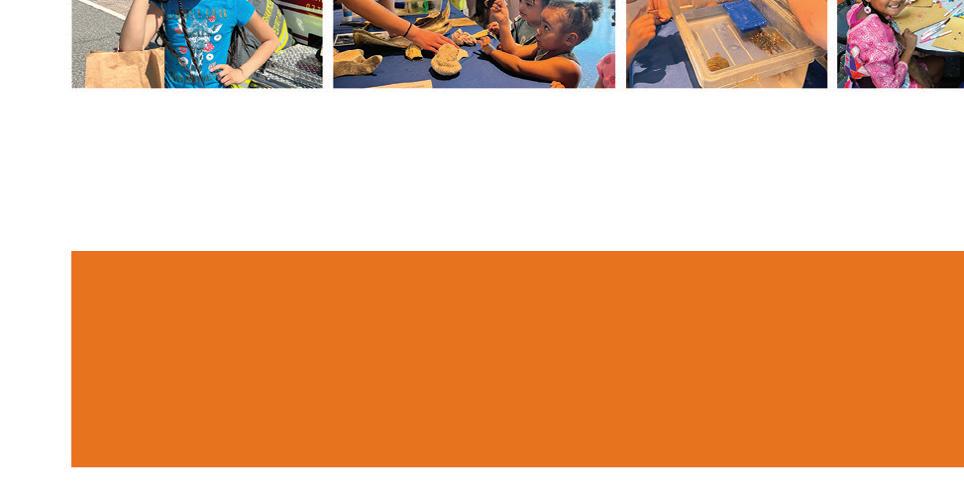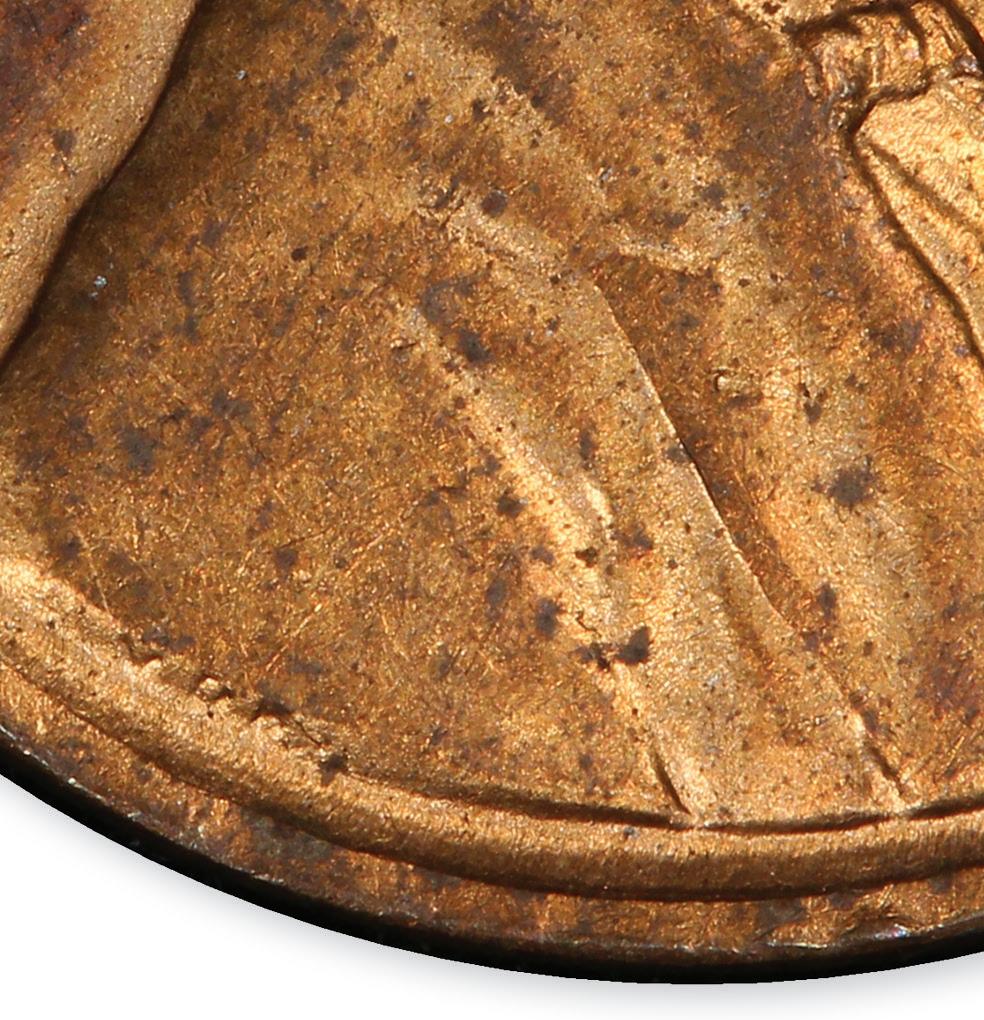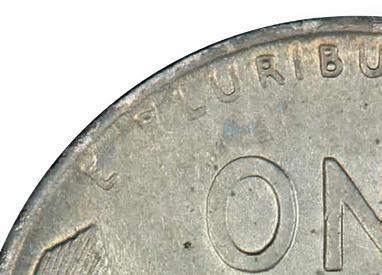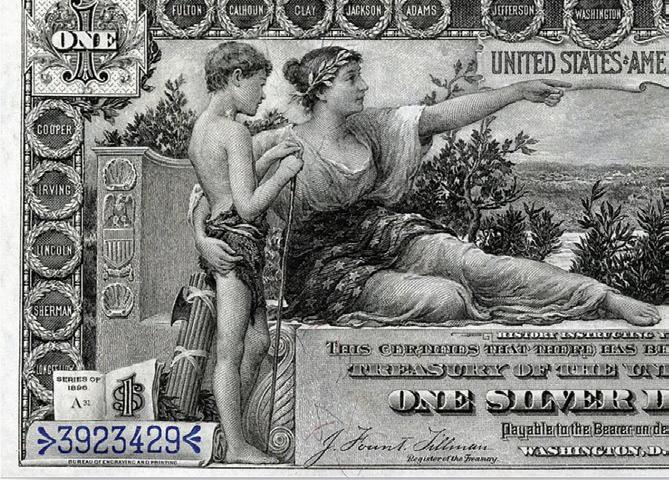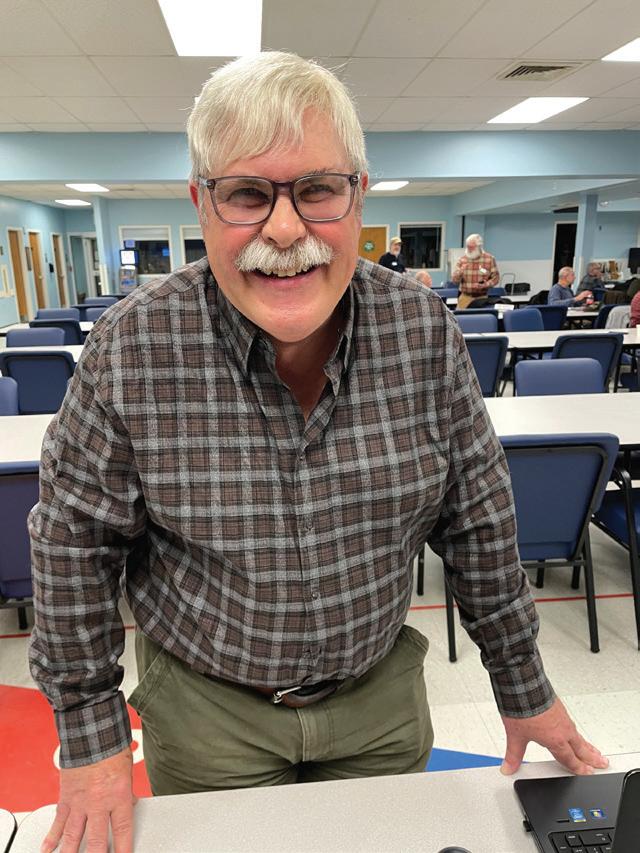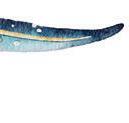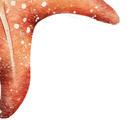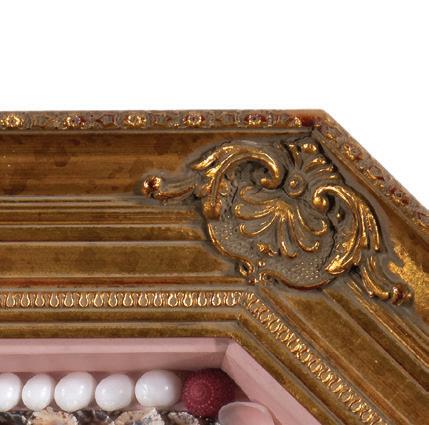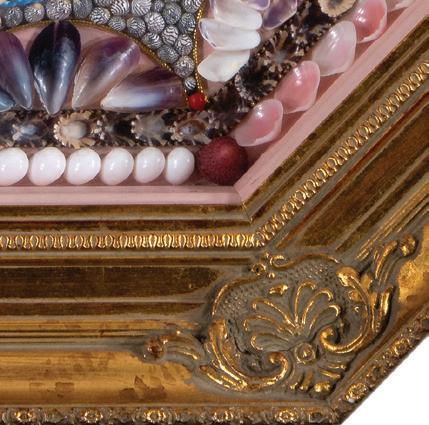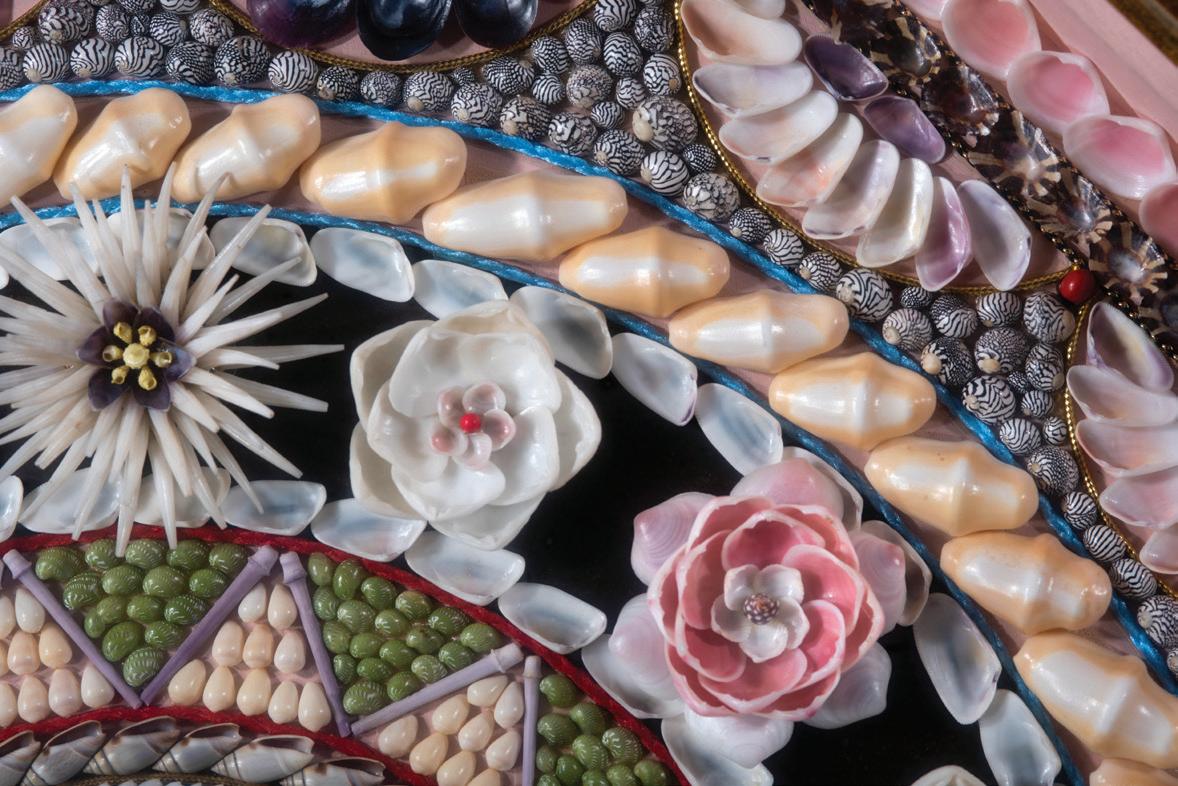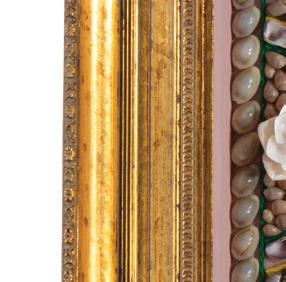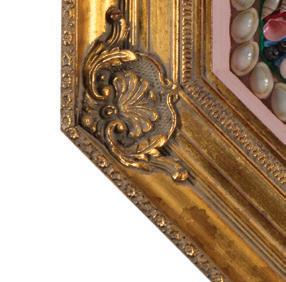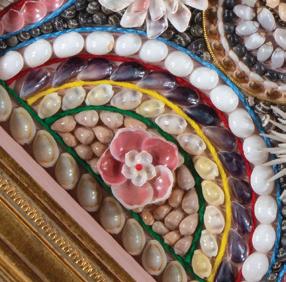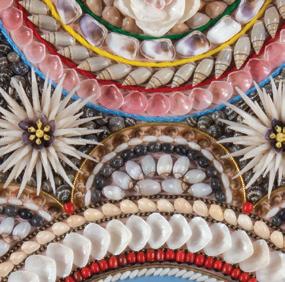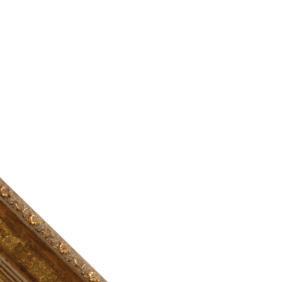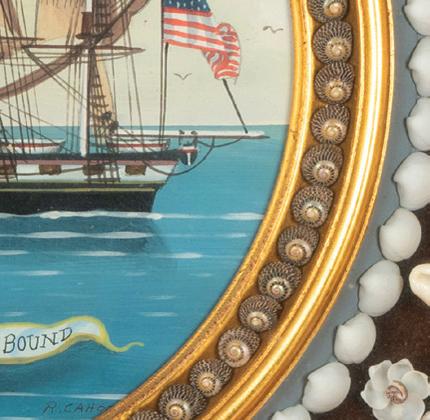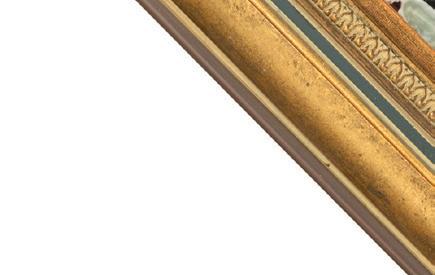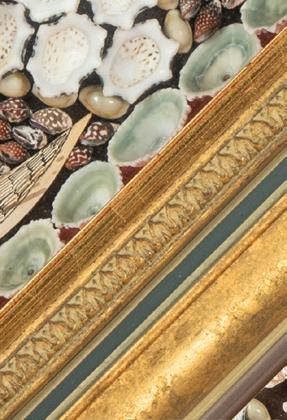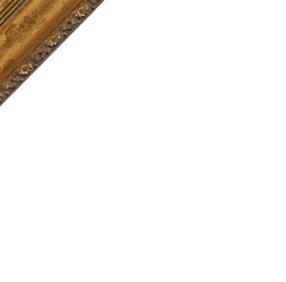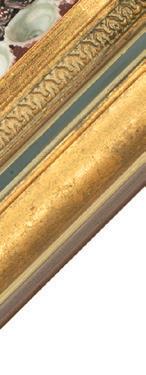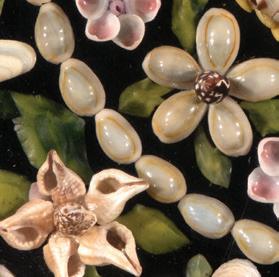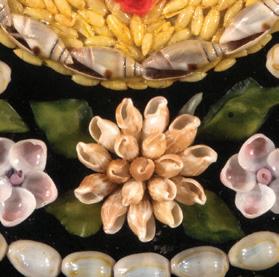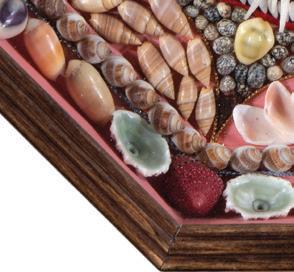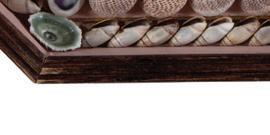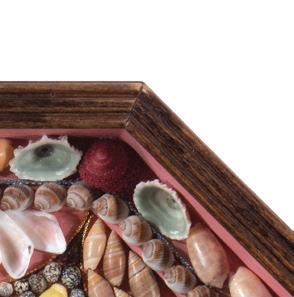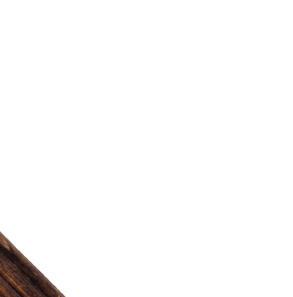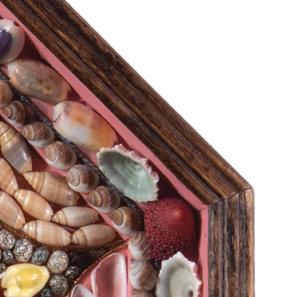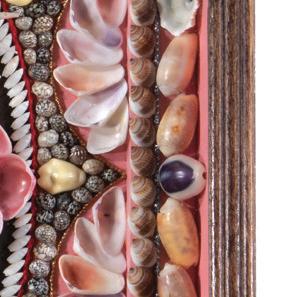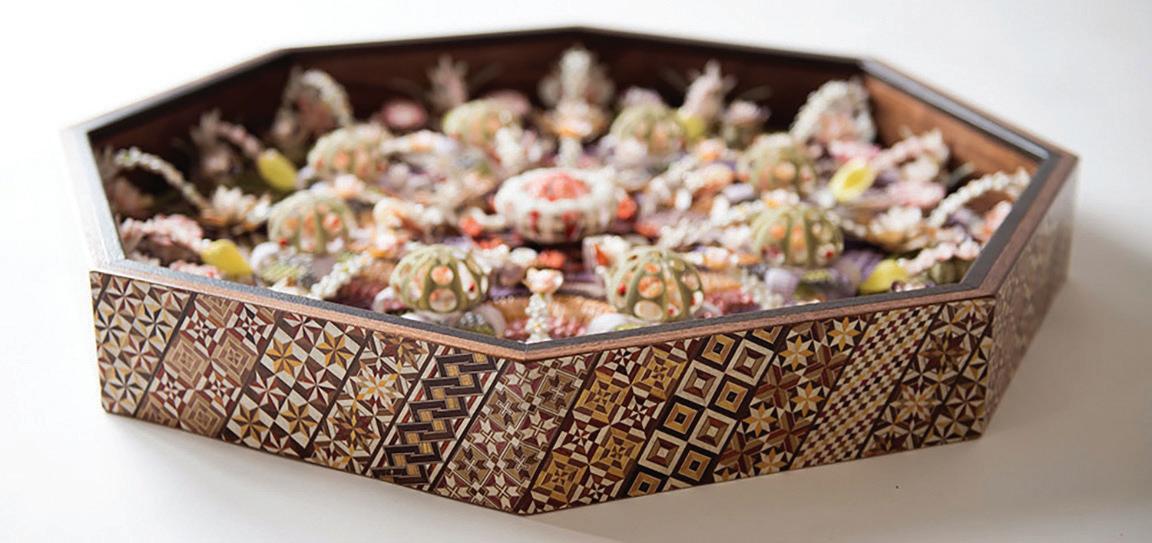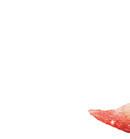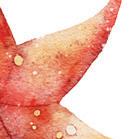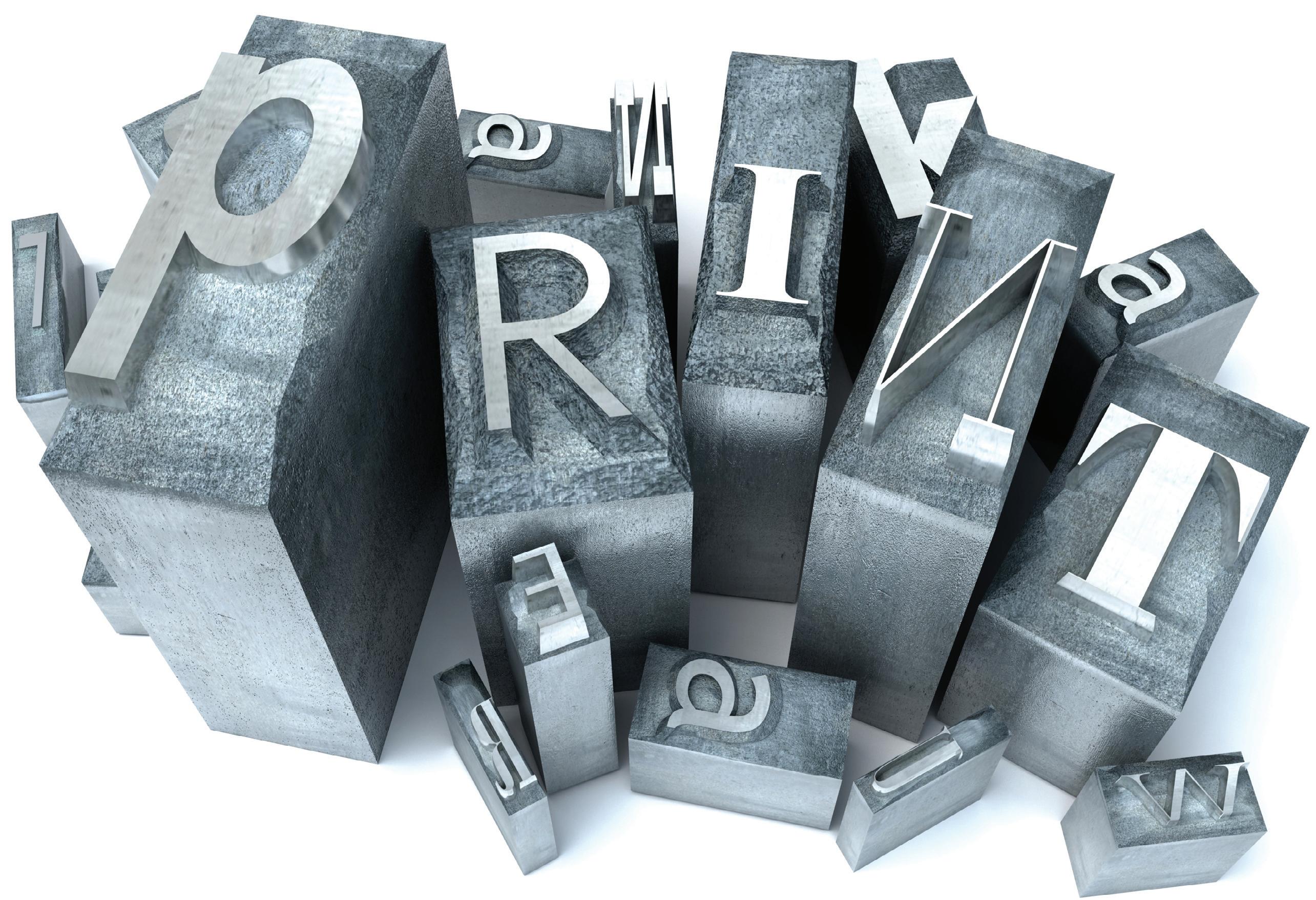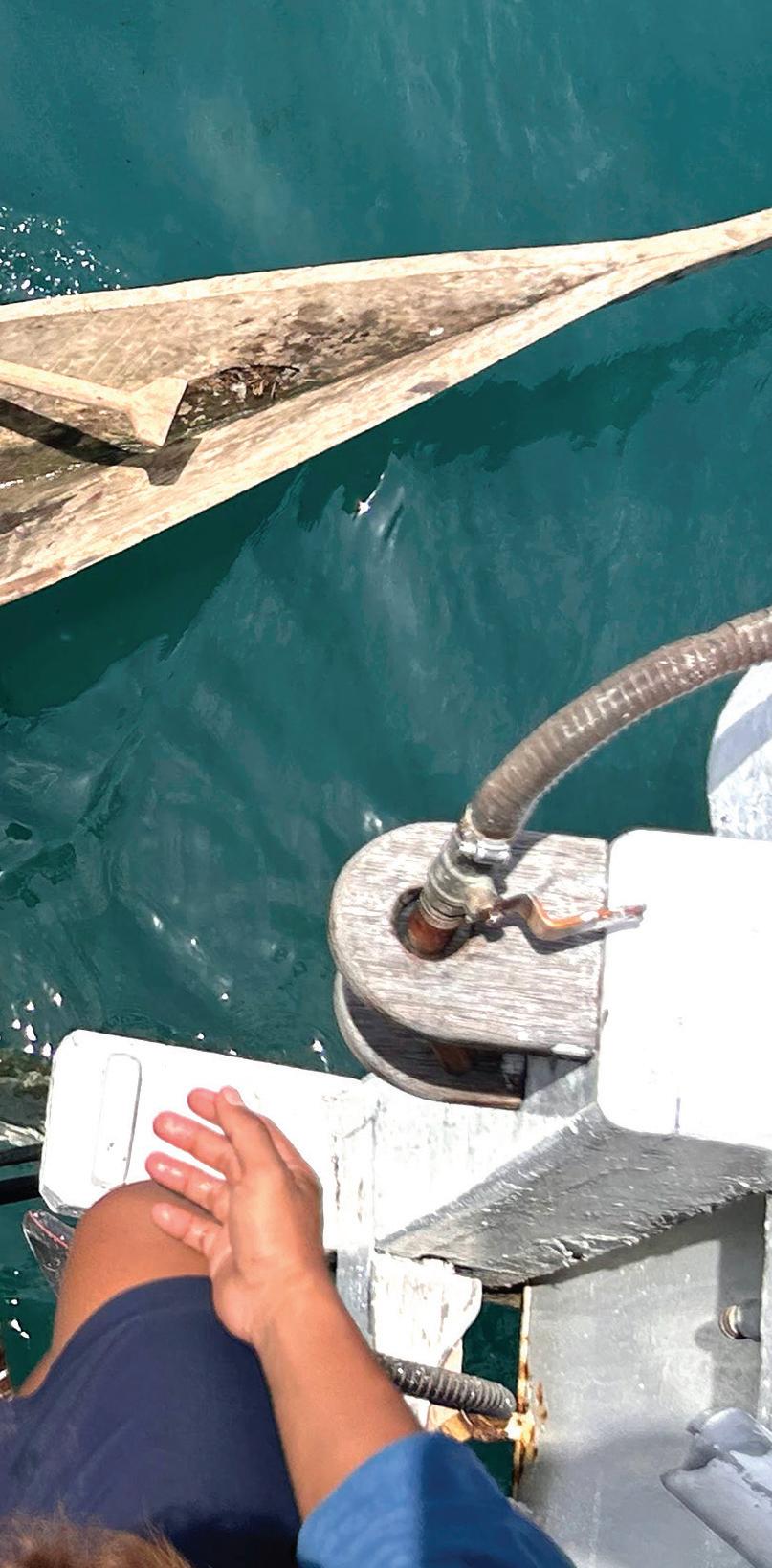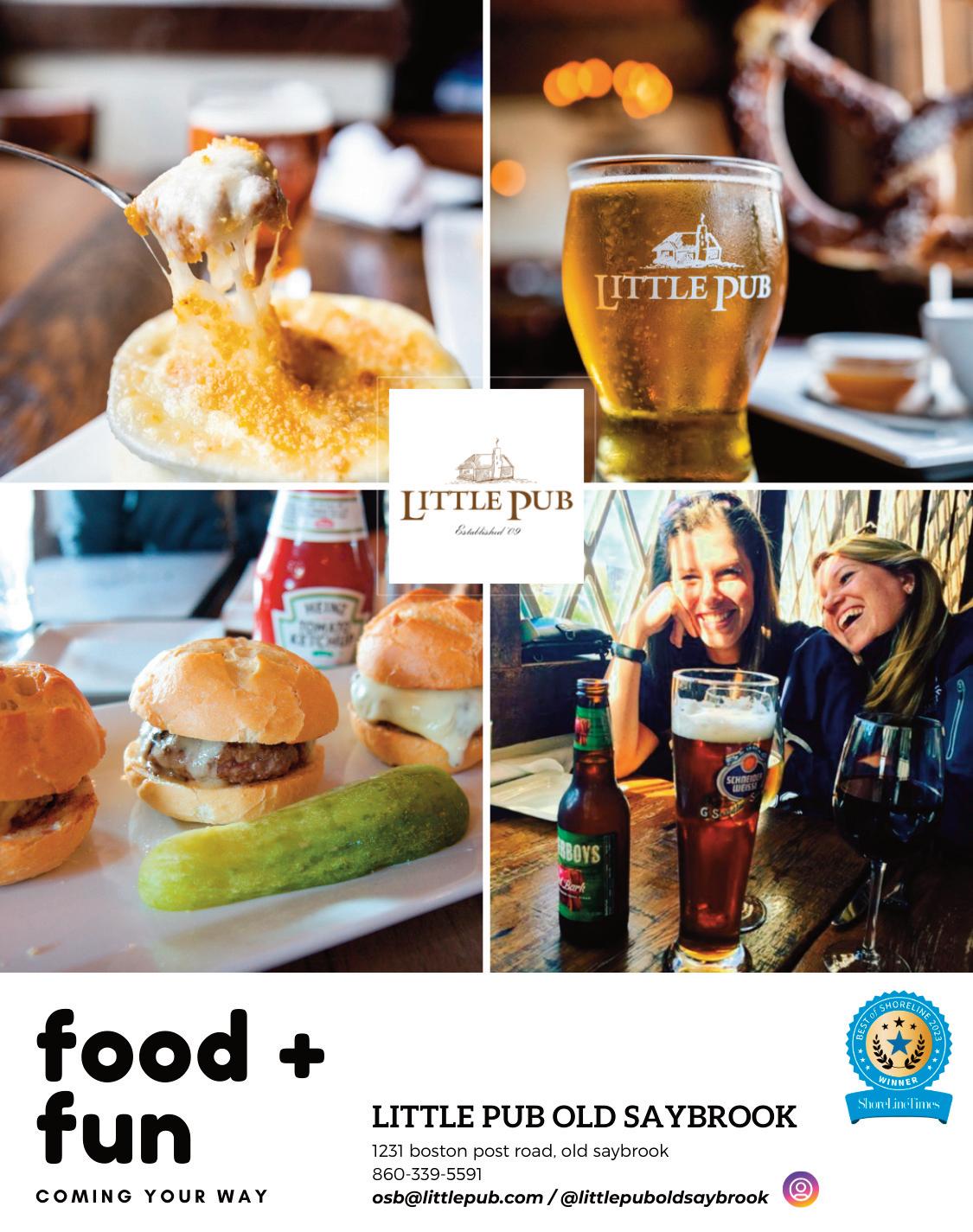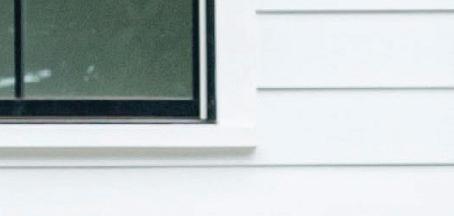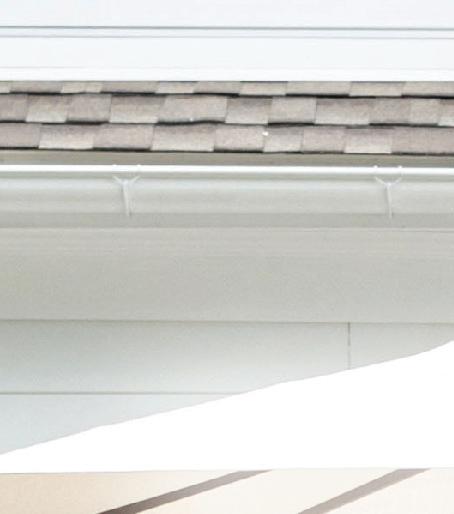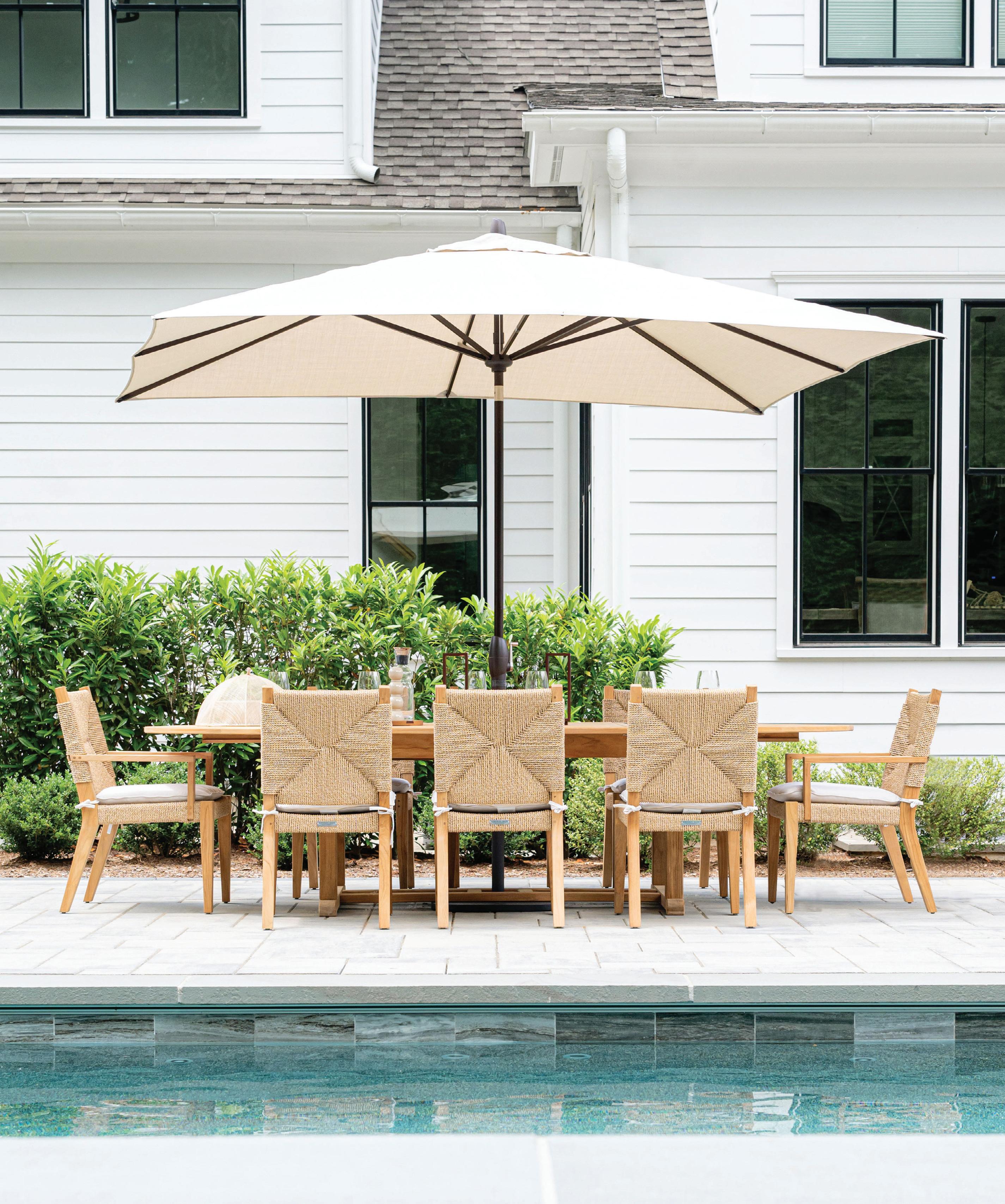Paradis Professional by Design
Loveletters to the Shoreline - Stories in the Glass 18 Where is Greg Drinking - Torcia, Rutherford / Napa 38
“Being in this body, this head, was like warming up on a stove, living in the purring of a sleeping cat, letting oneself be carried away by the warm waters of a stream that ran at night towards the sea. ”
Pawcatuck Valley Coin Club
Your Next Treasure May Be in Your Pocket
Ray Bradbury, The April Witch
Here in the Northeast, we are nearly clear of the winter greys and dullness. Soon the leaves will be poking out, and thus beginning the race to not noticing that they were gone in the first place. Spring is upon us.
We begin this issue with a designer who creates immersive environments. Caryn Paradis has a special vision. She has a keen sense for the seamlessness of “being” in a space. With a knack for the hospitality industry, her “Sociology of Design” approach to interiors allows people to not merely occupy a space, but to harmonize with it.
Next, we visit with the Pawcatuck Valley Coin Club. Most people see money as a means to an end, but to enthusiasts each coin is a shared piece of history. Numismatics has always been a personal fascination of mine. The patina and beauty of old coins and paper money creates a certain feeling in those who collect. It is definitely a passion which I understand.
Hang on to your “real” money folks. Do not allow yourself to go digital.
A visit to the Cahoon Museum is a walk back in time. While whalers and sailors left loved ones and families back home for long periods of time, they would often fill this void creating beautiful tributes to the ones they missed at home. This collection pays tribute to a time long since passed.
Lastly, Susan Cornell shares her recent visit to Indonesia. She takes us all with her aboard Seatrek. A beautiful trip indeed.
Jeffery Lilly founder / publisher
home is not just four walls and a roof. It’s how you feel when you unlock the front door.
A hotel is not just a place to drop your suitcase,` shower, sleep for a few hours, and move on. It’s how you feel when you finally arrive and how it can make you feel you never want to leave.
A restaurant is not just about the people you’re with and the food you eat. It’s also about how it feels to just “be” there. The comfortable seat that conforms to your body, the ambient and accent lighting that creates a mood of relaxation, warmth, and friendship, a vibe that contributes to your total experience.
All the examples listed above come down to just one thing: the feeling that design brings to a space. In southern New England there is perhaps no one who understands this better than premier interior designer, Caryn Paradis, owner of Studio Paradis in Chester. Paradis is not only experienced in both hospitality design and residential design with a legion of clients who sing her praises, but she is just “good people,” and heads up a studio of like-minded “good people,” each well-trained in every phase of design.
Make no mistake, Paradis is NOT an interior decorator, she is both at heart and by experience a much sought-after designer, not only of exquisite one-of-a-kind residences but also of high-end hotels and restaurants. While interior decorators are concerned with furnishing and decorating existing spaces to achieve an aesthetic, an interior designer like Caryn Paradis uses both her left brain and right brain marrying art and science and applying creative and technical solutions within a structure to improve the experiences of the people who inhabit or visit these spaces.
Paradis ’background of training is intense and reinforced with degrees in graphic design, interior design, architecture, and arts management. Her studio, now in its 13th year, has designed some of the most unique commercial, residential, and hospitality properties in New England. While
Caryn has worked in Florida and other locations throughout the country, she prefers to concentrate within a geographic area extending from New Haven, CT to Watch Hill, RI. “That way I can easily get to an ongoing project within a short time and shorter drive,” says the hands-on designer who wants to manage every experience because her name is on it right along with her clients’ names. “I like to be onsite because we are our clients’ advocates. They don’t know what to look for, or they may be looking at the aesthetic while we’re looking at the functional. This is the intrinsic value of good design and getting to the heart of the matter.”
Paradis frequently uses the term, “The sociology of space” because it is how she approaches every project. By definition, the sociology of space is all things working in concert comparing and contrasting how spatial arrangement and environmental influence affect social behavior...that human activity is shaped by both natural and built environments. “People value this connection,” Caryn says adding, “My aesthetic is not yours. I won’t let you make a wrong decision.”
Paradis readily admits that “the design experience can be scary with all the unknowns, so our first meeting with potential clients is here at the studio. They can meet the staff, see how we work, and hopefully begin to build trust.” And then there’s that matter of the 28-page questionnaire. Yes, 28 pages!
This questionnaire has been carefully curated as each individual experience is wholly different, the only commonality is that of holistic design.
By definition, this is a design approach Caryn and her team use that considers the space from a multitude of angles including user experience, the environment, and the impact on the whole picture. It’s human behavior and emotions as much as the physical space itself and will ultimately determine what products will be used to create this. It all comes down to, “How do you want people to feel when they’re here?” says Caryn whether they are the inhabitants of the home or people dining in a restaurant...like The Brushmill at the Waterfall.

This restaurant is a cherished piece of history since back in the 1800s it was a grist mill and then a brush factory. Much later in the late 1960s, it became a restaurant. After a series of different ownerships and then ravaged by COVID, the restaurant closed; then three years ago, Studio Paradis was granted the mammoth job that involved gutting the entire building and taking it to a full-scale luxury renovation while still preserving the historical elements. “Every square inch of what was there was examined,” said Caryn giving it a new identity while still making design choices that preserved its rich history...not an easy task especially since different areas of the restaurant (tavern, wine library, chef’s table, formal dining space, and event space) all required different


materials, lighting, and furniture. Caryn and her team were also keenly aware of the fact that much of the clientele would be former customers who had memories of the history and their experiences there, and the design team felt they wanted to honor that. Same old feel, but now everything is new.
The design process is a therapeutic one, especially when high-end is applied to the homes and high-touch to their owners. Caryn and design staff, Haylee Studer and Cara Hall operate strictly high-touch with their clients. In the design business high-touch is a customer service approach with an emphasis on personal attention, strong relationship building, and customized solutions. Studio Paradis does not have a “signature look” to its design nor a “signature” way of doing business. Everything is personalized, customized, and high-touch through working with a dedicated project manager giving ongoing support and soliciting client feedback every step of the way to make sure every part of the process is meeting their needs.


“A person’s home is a platform for living,” begins Caryn. “Some people want a quiet haven where they can be surrounded by beauty, relax, and decompress. Others have a crazy, hectic lifestyle and enjoy having a lot of people filling their space, entertaining, keeping it lively and loud. That’s why our 28-page questionnaire works, that’s why we give our clients time to digest everything, and we adjust our schedule accordingly to accommodate the people with whom we work.”
Their instincts are right on point at Studio Paradis which is why they ask for that first meeting to be held at the studio. That way, the potential client can see a relaxed atmosphere...with no running around, no barking of orders, no craziness. These designers are dead serious about their work, but they genuinely like each other, like working together, and know how to laugh and also have fun as well. Not to mention the studio has a Hospitality Director, “Gracie,” a German short-haired pointer with the same enthusiasm for the good life and good people that seems to radiate from the beautiful lighting throughout.
Got a project? A remodel? Something brand new? Call the designer who has made a mark not just for her studio, but for what she creates. Schedule a meeting and learn what “high-touch” is all about.
It’s YOUR story told in the language of beautiful, purposeful design.
at 3 North Main Street in Chester (860) 322-4470 www.studioparadis.com
Studio Paradis is located
Glass Sunset Harvey’s Beach, Old Saybrook
Photo by Elizabeth S. Mitchell
Love Letters to the Shoreline
by Elizabeth S. Mitchell
Stories in the Glass
On Valentine’s Day of this year, my fiancé and I opened a twenty-five-year-old bottle of California Zin we’d been saving, and while of course we talked about the tasting notes, the color, the nose -- where our conversation really got interesting was when we started to remember what the world had been like when the wine was bottled in the year 2000.
This wine was grown and made in an America so different from the one we live in now; before smart phones, before Y2k was a joke, before the towers fell, before the last 25 years of politics and culture shifts. In a way that seemed quite magical, we were tasting the world in the year it celebrated entering a new millennium. Through the wine, we were able to time travel.
This conversation hammered home to me something I have learned in my years working at Sip Wine Bar in Old Saybrook, and something I mention at least weekly there to someone, whether a winemaker, a guest, or a coworker: to me, the very best thing about wine is the stories.
Every bottle of wine, every vintage, every vineyard, every winemaker has a story. Some winemakers inherited ancient family businesses, some fell into it by accident, some had a lifelong dream and made it come true. And because of the stories that brought their wine into being, new stories are built around that wine as people drink it and share it and enjoy it.
Here on the CT Shoreline, there is no shortage of wonderful places to enjoy the stories of local wine -- the people who make it, the people who sell it, and the people who enjoy it. My first encounter with a CT vineyard was back in 2015, when I was honored to serve as a bridesmaid for a friend I’ve been close to since we were in preschool. She and her beloved chose to exchange their vows at Chamard Vineyard in Clinton, and I remember being struck by how natural it seemed to celebrate amongst the vines and dance in the wine cellar; after all, wine, in its original and truest form in the parts of the world where it was first made, was made by local people for local people. It was used in celebrations and ceremonies. It brought people together.
Since moving to CT in 2019, I have had the pleasure of discovering several other vineyards, all run by fascinating people with wonderful stories to tell. Memories now abound of enjoying live music in the sun at Priam with a local rosé in my hand, of overlooking the spectacular views at Saltwater Farm Vineyard with a local Sauvignon Blanc, and chatting with friends at a picnic table under a shady tree at Jonathan Edwards. I also spent many an afternoon overlooking the hills at Sunset Meadow Vineyard in Litchfield County, where I went on dates with my now-fiancé before he moved to the shoreline.
Having moved to CT from western MA, I was grateful to find so many local wineries to enjoy, as I missed my beloved little MA winery, Black Birch. When friends and I started frequenting Black Birch in the early 2010s, they were but a little tasting shack on a gorgeous hillside with startlingly good Cab Franc. On a recent trip back to MA, I found their new location and was excited to see how they had grown. I was bowled over. Far from a tasting shack, their gorgeous building with high-tech winemaking equipment, event space, cozy corners, and local featured art on the walls left me overjoyed. Their vineyard cats, Chardonnay and Pinot, were quick to climb into my lap as I split a bottle of their now award-winning Cab Franc with my love and marveled at how far both the vineyard and I had come in our journeys in the decade or so since I had last visited.
The best thing about wine is the stories. And the best things about stories are the people who create and live them. I am immensely grateful to live in a place where history, wineries, and fascinating human stories abound. Getting to be behind the bar at Sip Wine Bar for four years now has afforded me a unique opportunity for near-daily reminders about how these things weave together, and I am always interested in exploring more wine stories of the shoreline -if you have recommendations, I am all ears!
Many of us seek to win the jackpot in different ways: through state lotteries, casino gambling and collecting rare objects.
Surprisingly, the most valuable prize of all could be in your pocket, purse, home jars, or the change you receive from purchases.
Search for errors, such as double-dye imprints, said Larry Erhart, vice president of the Pawcatuck Valley Coin Club (PVCC).
Find a rare 1943 copper penny and possibly receive between $240,000 and $336,000 or more at auction. It’s very valuable, because during World War II, the U.S. Government needed copper to make ammunition and shells and there was a shortage, so it made zinc-coated steel pennies (to prevent rust) instead of copper ones, he said. Another extraordinary find is the 1944 galvanized steel cent, which has fetched $10,000 to $15,000.
A simple test to check authenticity, is to use a magnet. It will not attach to copper, but it will connect to steel. Also, look through your dimes and quarters for silver coinage (90 percent silver and 10 percent copper), because silver is valuable. “There’s a lot of interest right now in coins because gold is almost $3,000 an ounce and silver is over $30 an ounce,” Erhart added.
For member John Lauderdale, old coins are more about their history.
“It’s holding a coin that could have been held by John Adams.”
Even though coins are old, it doesn’t mean they’re valuable. Popularity, condition and rarity play a big part of it, said Member Bill Jacobik.
In addition to the study or collecting of coins and paper money (numismatics), some members also like to study subsets such as scripophily, which focuses on the study of old bonds and share certificates. There is also numismania – the study of special-event medals and coin errors.
Others are fascinated by obsolete bank notes (paper money), such as those made by New London, Stonington, Colchester, Killingly and Norwich banks. Even though
when the U.S. Government began producing money, “anybody could issue paper money,” but it wasn’t backed by anything.
He emphasized the best place to buy coins, especially as a beginner, is at a coin show, auction, or at one of PVCC’s free monthly meetings with numerous dealers at the Westerly Senior Center in Rhode Island. “Stay away from Craigslist. Facebook Marketplace is kind of shaky and you don’t know what you’re going to get, because you have to meet up with a person face to face; eBay is relatively safe, because they have a policy where they protect
your buyers. However, you’re not going to get a really good bargain on eBay usually. Everything is overpriced.”
“There are an awful lot of fake coins out there…and many of the very good ones are made by China,” said Cal, security manager for the club, who asked that his last name not be used. Unless one knows what they’re doing, he advised against buying coins on the Internet. “They’re forgeries. They’re minted in another country last week, made to look antique. So, you may just outright get swindled, period. You may never get a coin, or you may get a coin that’s worthless. So, I don’t subscribe to going online and buying coins unless you really know what you’re doing.”
Jacobik, 79, has been interested in coins since the 1980s and joined the club in 2008. He remembers when his father first became interested in collecting coins while working as a milkman in 1955. “He let a fortune slip through his fingers.”
After he finished his milk route, he would go to the bank to get change for the next day. “Well, he got a whole roll of 1955 double-dye Lincoln cents. He had 50 of them, brand new, and he says, ‘Look at these things. It looks blurry. You can’t tell what they are.’”
At a previous meeting, Lauderdale, 60, suggested that novices pick something they can afford and enjoy, “and focus just on that, because you can get too overwhelmed by looking at all the different coins that are out there.”
Even though one of his co-workers encouraged his father to save them, “because they’ll be worth money someday,” Jacobik said he gave them away as change. Later, he realized they were valuable. Today, they would be worth $300,000 or more.
If you like world history, Erhart suggested collecting foreign currency. Look at Ireland’s coins (Gaelic“Eire”) with animals and harps. The Caribbean features fish and sharks. It’s easy to get started for about $10 or less.
Lauderdale said he enjoys attending PVCC meetings to educate others. He pointed to an error nickel coin. “On the reverse, underneath where it says Monticello, it says it twice, so it’s a double-dye, but it’s unusual because it’s on the reverse. Most double-dyes that you see on coins, they focus on things on the obverse of the coin. There are not a lot of error coins in nickels. This is probably the most popular one and this is in really nice condition.”
Top left to right: U.S. $10 Banknote, Series of 1901 is a legal tender that features Meriwether Lewis and William Clark from the Lewis and Clark Expedition. It depicts an American bison, which may have been modeled after Black Diamond, a bison that was once housed in the Central Park Zoo. Photo Source Wikipedia. Saybrook Bank $3 Connecticut Obverse. Photo courtesy of the PVCC. The 1896 $1 silver certificate is one of the better issues. It is what collec-
tors call a one year type design. Some one dollar bills have different series years (like 1869, 1880, 1917). There is nothing else out there quite like the 1896 $1 silver certificate. 40 shilling Colonial currency from Connecticut Colony. Signed by Elisha Williams, Thomas Seymour, and Benjamin Payne. Printed by Timothy Green, New London. National Numismatic Collection at the Smithsonian Institution.
Founded in 1962, PVCC currently has about 65 adult members and five to ten junior members under 18. “This is like a support system for coin collectors basically,” Jacobik said. “We all tell our stories. We learn from each other. People will tell about mistakes they’ve made. We talk about fraudulent stuff. Security is a big thing. We’re always concerned about security.”
One swashbuckling tale they’ve shared is about the shipwrecked SS Republic, which was loaded in Georgia with carpetbaggers who were going to New Orleans in 1865 to “buy up property cheap.” After it sunk during a hurricane,
their coinage laid on the ocean floor for almost 100 years before it was recovered –to become fun collectibles today.
Most meetings include a numismatic speaker. On this February evening, the topic is about Liberty-Seated Half Dollars that were made during the Civil War up to the Industrial Revolution. “And we have separate raffles for seniors and juniors and door prizes,” said Erhart, who joined in the 1980s and views the club as “almost family.”
Because young people often don’t have much money, Lauderdale said they want to encourage them to get involved and find their passion through education, attending club meetings and finding special deals.
Cleaning Advice
Erhart warns that if a coin is cleaned with silver or brass polish, other harsh cleaners, or a brush, its value could dramatically decrease from $400 to $25. In addition to removing a coin’s toning and patina, he said, “You’re actually taking away the luster, the brilliance; and even though it may look bright, you’re actually dulling it.”
In an exceptional situation, if you feel you really must clean a very dirty-looking coin, Erhart advises using soap and water or acetone (nail polish remover), which will take away the grease and grime, but not the layer of molecules on the surface.
Also, if the coins are very expensive and rare, wear cotton gloves so the oil from your hands don’t damage them and keep them in coin holders made of acid-free materials.
Because next year is the 250th anniversary of the United States, many towns, including New London and Ledyard, will hold special celebrations. Erhart said he plans to talk about paper money (Colonial notes) printed by Timothy Green, who also published the first newspaper in New London.
Bison Note “Currency collectors like to collect small and large notes, Confederate notes, Obsolete, broken Bank notes, fractional currency, Colonial notes from the original 13 states and the different types of notes printed by the Bureau of Engraving and Printing in Washington D.C. These include federal reserve, notes, U.S. notes, silver certificates, gold certificates, treasury notes in the large size that was printed before 1923 and the current small-sized notes printed after starting in 1928,” said Larry Erhart, vice president of the Pawcatuck Valley Coin Club. Photo source Wikipedia
Clockwise Above: John Lauderdale, member and past president of the Pawcatuck Valley Coin Club. Larry Erhart is vice president of the Pawcatuck Valley Coin Club. Member Bill Jacobik. Photos by Jan Tormay
Green’s Tavern 158 State Street, in New London, Connecticut still stands today. On the second floor, Timothy printed money for the State of Connecticut. Over the years, the building has been used as a series of restaurants, as well as a high-fidelity stereo business.
On the second floor of his tavern at 158 State Street in New London, Green had a printing press and was printing money for Connecticut, Erhart said. Instead of dollars, we had pence and shillings, because we were a British colony. On the backside, the currency read, “Printed by Timothy Green, New London, Connecticut.”
After trading these notes, Erhart explained they would be punched canceled, just like a personal check today. Green’s tavern still exists, he said. “It’s been a series of restaurants,” and at one time, was a high-fidelity stereo business.
The Pawcatuck Valley Coin Club holds monthly meetings at the Westerly Senior Center, 39 State St. Doors open at 6 p.m. and meetings begin at 7 p.m. For more information, go to www. pawcatuckvalleycoinclub.org. The club will hold its annual show at the Holiday Inn Hotel’s Chelsea Rose Room, 10 Laura Blvd. in Norwich, Connecticut on Sunday, May 4, 2025, from 8:30 a.m. to 2:30 p.m. Admission and parking is free. There will be 25 dealers buying, selling and offering free attribution and appraisals.
Left Page: left to right British Coins, 1965 Winston Churchill 5 Shillings, 1981 Royal Wedding Commemorative 25 pence, 1972 Silver Wedding Elizabeth and Phillip 25 pence, Queen Mother 80th Birthday commemorative 25 pence, 1977 Silver Jubilee commemorative Queen Elizabeth II 25 pence. Photo by Jan Tormay
Timothy
Photo source: Wikipedia
useum curators walk a thin tightrope –weighing artistic vision against budgetary constraints and trustee’s demands. With a stellar capsule collection curated in impeccable balance, an invitation to tour the Cahoon Museum of American Art in Cotuit, MA, during their winter hiatus, continues to resonate. Viewing its multiple galleries and touring the archives was a rare opportunity to experience an astonishing testament to deft curatorial vision and dedication.
It is a must see – traces its beginnings back to the gifted artist duo of Ralph and Martha Cahoon, both Massachusetts natives. Ralph and Martha’s work captures the vibrance and spirit of nautical folklore evident in both their prolific singular and collaborative artistic output. The Cahoons not only fostered the on-going momentum of the Cape Cod Artists community, but equally preserved, and re-interpreted the fine craft of folk-art.
Sitting down with Executive Director & CEO, Sarah Johnson PhD, and Curator, Leeann Reem, revealed the genesis of this destination museum nestled along the Cape Cod shores.
Boston born, Martha’s Cahoon’s work reflects the brushstrokes of her Swedish ancestry, and the imprint of her father’s influence. Axel Farham – a decorator in his own right – apprenticed his daughter in these traditions, passing on traditions of complex applied techniques for adorning furniture, tinware and other objects. Martha’s paintings also reflect her appreciation for additional aspects of folk-art traditions and craftsmanship. She embraced these motifs, inspired by quilting, embroidery, and other traditional crafts, weaving a rich tapestry of cultural heritage into her work. Her skillful ability to capture the essence of folk art made her paintings beloved by many and cemented her place as a significant and esteemed figure in the folk-art community.
Born in 1910 in Chatham, Massachusetts, Ralph Eugene Cahoon developed a signature style, blending seafaring themes with fantastical elements. This is a nod to his long family lineage as seafaring whalers, oystermen, and fishermen. His paintings often depicted sailors,
Woodmans Sailors Valentines and detail, Ralph Cahoon Bernard Woodman
Photo credit Kleindinst
mermaids, and whimsical sea creatures – with an irreverent spice – cleverly backdropped by contemporary scenes – and engaging in mundane activities such as sipping tea, playing musical instruments, or showing up at seaside festivals. This juxtaposition of the ordinary and the extraordinary added an of-center punctuation to the work, inviting viewers to immerse themselves in his imagination
Ralph’s attention to detail, deft execution, and vibrant color stories brought his fantastical worlds to life, making his work instantly recognizable and the couple’s collective works much sought after by art patrons including Jacqueline Kennedy. Housed in the couple’s period residence – Crocker House c 1782, which they purchased in 1945, and now Cahoon Museum of American Art – their studio, served as the birthplace of their numerous masterpieces reflecting the cultural heritage of the American seafaring community. (When visiting the Cahoon, be sure to stop by the studio, meticulously restored with attention to detail – including life-sized images of Ralph and Martha painting on in the afterlife.)

Following Ralph Cahoon’s passing in 1982, local patrons of the arts Keith and Rosemary Rapp played a pivotal role in the transformation of the Cahoon Museum of American Art – transforming it from a private studio to a public institution and first opening in 1984. Their vision and dedication allowed the museum to preserve and showcase the rich legacy of Ralph and Martha Cahoon’s contributions to American folk art and made it widely accessible for public viewing. Under the Rapp’s stewardship, the museum expanded its collections and exhibitions, fostering a more expansive appreciation for various forms of art and culture. A second phase in the development of the campus, was completed in 2016, with the building of thoughtfully designed additional office and exhibition
Single Valentine with Star, 2019 Sailors Valentines © Cutrona
Ralph and Martha Cahoon remain widely renowned for their studio’s production of Sailors Valentines: intricate artworks that sailors gifted to their loved ones. In collaboration with dear friend and cohort Bernie Woodman this became an essential later chapter of the Cahoon’s legacy and essential components of Cahoon Museum’s extensive collection. These pieces, with hand painted spyglass center panels – whimsical and irreverent – were adorned with beautiful shells and personal messages, epitomizing the emotional depth and artistic skill that characterized Ralph and Martha Cahoon’s work and their relationship as creative collaborators and life partners. Their contributions to American folk art were instrumental in preserving and celebrating the traditions and sagas of maritime life.




spaces beautifully married to the original Crocker House structure. That same year, Sarah Johnson, PhD became the Executive Director & CEO – shepherding the Museum into the future with her exceptional knowledge and dedication.
Opening March 19th and running through December 21, 2025, Cahoon Museum’s extensive exhibition “Sailors Valentines Maritime Art from the Heart” will be on display. An insight into the backstory of this aspect of folk art enhances the viewer experience. While the exact origins of Sailors Valentines are somewhat hazy and shrouded in mystery, it is believed to have emerged in the early 19th Century. These works of art were typically crafted as mementos for sailors during their long voyages – brought back as tokens of affection and
Love Sick Sailor, Martha Cahoon Bernard Woodman Photo credit Kleindinst
When You See This Remember Me, and a detail, Ralph Cahoon Bernie Woodman Sailors Valentines © Cutrona
remem brances for loved ones waiting back home. The island of Barbados played a pivotal role in the history of Sailors Valentines. The island was a significant hub for maritime trade and travel – especially during the height of the whaling industry – with countless sailors passing through its ports. Local craftsmen in Barbados began a cottage industry to boost the local revenue, creating these intricate shell mosaics for sale to the sailors. The Valentines were often housed in octagonal wooden boxes with glass fronts, protecting the delicate arrangements inside – as depicted in the works on display in the upcoming exhibition. Their true origins were revealed in more recent periods, during their dismantling for conservation. Identifying markings pointed back to Barbadian artists, debunking speculation that the sailors were actually crafting these pieces.


Creation of a Sailors Valentine requires a meticulous attention to detail and a deep appreciation for the natural beauty of seashells. Artisans would carefully select shells of various sizes, shapes, and colors, arranging them into geometric patterns, fl oral designs, or even pictorial scenes. The designs often included romantic motifs, such as hearts, doves, and fl owers, as well as personal messages and inscriptions.
The shells used in Sailors Valentines were typically sourced from the Caribbean Sea, with Barbados easily providing a rich variety of specimens. Common shells
A Whale of a Valentine and detail Ralph Cahoon Bernard Woodman Photo credit Kleindinst
Sailors Valentine with a Small Heart, Bernard Woodman Photo credit Kleindinst
included cowries, small starfish, and colorful scallops. The use of native materials added a distinctive local flavor to each piece, making them unique tokens of the sailor’s journey. Over time, with climatic shifts, the quality of the shells declined – weakened in structure following the Gulf Shore Oil spills, in comparison with archival examples from earlier periods.


There are two additional exhibitions hanging in concert with Sailors Valentines. “John Enneking, American Impressionist” features six of the artist’s pieces from the museum’s collection and others on loan. Enneking, who is considered “America’s first Impressionist” captures the essence of the New England landscape with his recognizable style. The artist shared a love of the natural world with other regional New England artists, and the show is a rare opportunity to experience his works. The Cahoon Museum cleverly juxtaposes Enneking’s work with the works of Martha Cahoon, who knew each other in their youth back in Boston. “Martha Cahoon: A Garden of Inspiration” arrays the best examples of the artist’s varied genres in this tasting menu of an iconic and prolific American female brush.



The Cahoon Museum is committed to offering a dynamic and engaging experience for its visitors. It regularly hosts exhibitions that highlight the breadth and diversity of American folk art, featuring works from both established and emerging artists in a wide range of multiple genres. These exhibitions provide a platform for artistic expression, while fostering a deeper appreciation for the cultural narratives embedded in American traditions – providing connection points for every artistic taste and demographic.
In addition to its exhibitions, the museum offers a variety of educational programs designed to inspire and educate the public. Workshops, lectures, and interactive sessions are organized to engage visitors of all ages and promote an understanding of the techniques and stories behind the artworks. These programs play a crucial role in nurturing a community of art lovers and ensuring the continued relevance of art in contemporary society.
Looking ahead, the Cahoon Museum of American Art remains dedicated to its mission of celebrating and preserving American Art and cultivating the works of emerging new talent. The museum is committed to expanding its collections, enhancing its exhibitions. By embracing new technologies and exploring contemporary interpretations Cahoon Museum aims to remain a relevant and vital part of the cultural landscape, as it continues to thrive.
Sailing Sky High
Martha Cahoon Bernard Woodman
Photo credit Kleindinst
Sailor’s Valentine with Clipper Ship, Ralph Cahoon and Bernard Woodman
Photo credit Kleindinst
Profile of a Sailors Valentines.
Right: Sara Johnson, Ph.D., Executive Director & CEO Far Right: Leeann Ream, Curator
Down on the Farm, By Martha Cahoon Collection of the Cahoon Museum.
Cotuit Oyster Company, Ralph Cahoon, Collection of the Cahoon Museum of American Art
The Cahoons in a interpretive display in their Studio at Crocker House, Photo by Laurencia Ciprus
Ralph and Martha Cahoon in their studio in 1960.
What is Greg Drinking?
Torcia, Rutherford/Napa Valley
There is an old proverb that I think of often: “When you are unsure of the way, walk slowly.”Those who know me well would agree that what I have lacked in direction I have more than made up for with enthusiasm when it comes to my journey. Life finds funny ways to shape and mold you as you move through the different stages. If you are lucky enough to stumble over some useful talents along the way, so much the better. It is with that spirit that I share with you a 2016 Torcia Abela Vineyard Cabernet Sauvignon, a wine most thoughtfully sent to celebrate the passing of my level one sommelier certification by my previously mentioned bi-coastal aunt and uncle.
“Torcia”literally means“torch”in Italian. A more fitting imagery to invoke for this article would be hard to fathom. This wine is as perfect a homage to the big Napa Valley red wines that helped the 1976 Judgement of Paris (the now infamous Paris Wine Tasting competition that saw California best the French legacy chateaus for the first time) come to fruition. This beautiful vintage of Cabernet Sauvignon, bottled the year after I married a person whom I still contend is out of my league, is everything California red wine aspires to be. My oh my, the tannins (the aspect of the wine that makes your mouth pucker up) are splendid. They hold a harvest-bounty array of flavors together that range from your expected bell pepper bite to stewed plums jarred with fennel and sage. Break out the good wine glasses, anything with enough space to swirl and sniff. You will be rewarded with the scent of pipe tobacco and well-worn leather mixed with ripe blueberries and blackberries. Oak softens the acid levels to a point where you can just let the good times and subsequent flavors roll. It stares up from your glass with garnet that beckons you to pause and reflect. It has minerality and an earthy presence that suggests the aromatics of a long hike through scrub brush opening to an expansive valley.

rich lands the envy of all vintners (wine growers). While studying for the sommelier course in New York City, packed in the bottom of Masto’s Steakhouse for eleven hours at a time, it was not lost on me that the geology class I had to take while attending the University of Connecticut was finally becoming useful to my adult life! Rutherford AVA has all of the terroir and growing season cheat codes on lock: temperate and long growing season, mixed soil base of gravel/sand and loam with marine sediments aplenty. It is blended with small amounts of estate grown Petit Verdot and Malbec to even out the edges and fill out the profile in a way that will leave nothing to be desired.
This is a spring adjacent/welcoming article, and as such, this is a bottle of wine that should come as an offered upgrade whenever you are selecting butcher cuts for the 2025 patio season. From ribeyes and sirloins to those often fought-over premade patties mixed with blue cheese and bacon, this wine is ready to deliver accolades for your culinary efforts regardless from what side of the charcoal or gas grill camp you may hail! The meatless amongst us can confidently marinate portobello caps or eggplant in balsamic and garlic and lose not a step to their more omnivorous neighbors.
Through a myriad of paths, I find myself more comfortable with my direction as I advance in age and life experience. Fatherhood has been the biggest wake-up call in my life, having reorganized my synapses to focus on what really is important. To that effect, life is certainly too short not to pursue your happiness. Cherish the small and big victories, the fruits of your hard work, and the good luck you have stumbled upon. Nothing is guaranteed in life, making the impulse to celebrate ever the more vital to the human experience. So if April has more gray showers than pink sunsets, you have at least a bottle of red that will keep you warm until spring has sprung. meet you and the wind be at your back!
The impressive balance of this wine is a direct reflection of the Rutherford AVA (American Viticultural Area) where it is harvested. Nestled in one of the premiere Cabernet Sauvignon growing zones in Napa Valley, it is a product of rich volcanic soils loaded with mineral
Gregory Post is a sommelier and manager at Saltwater Farm Vineyard, affiliated with Kingdom of the Hawk Vineyard.
hy is Connecticut dubbed The Nutmeg State? And, if nutmeg does not, in fact, grow here, where does the spice actually come from? Next, what on earth is a pinisi? These are some of the questions that piqued my interest in planning the latest vacation: a sailing expedition in Indonesia.
We looked for a trip that offered a nice balance of sailing, snorkeling, culture, trekking, and some type of educational component and ran across SeaTrek Sailing Adventures. SeaTrek’s traditional wooden pinisi ships cruise Indonesia’s remote and unexplored tropical waters.
But what’s a pinisi? This isn’t something we’d seen in Mystic or Newport. The pinisi (or phinisi) is a traditional Indonesian sailing ship which is still widely used for fishing and cargo purposes. Pinisis now are also used as dive boats for tourism.
SeaTrek operates two ships, both Buginese-built pinisi motor sailing schooners: Katarina has six cabins and Ombak Putih has twelve. While the one on which we sailed, Ombak Putih, could accommodate 24 passengers, there were only nine (including the guest lecturer) serviced by 14 crew members, all Indonesian.
Typically, guests hail from Australia and New Zealand, the UK, and the United States. They are older, 50-80, although the Komodo itinerary trends younger as families like the shorter itinerary and, of course, the dragons. All are active and interested in nature, science and history. Every passenger on our adventure was avid about snorkeling, which we were able to do once or twice a day just about every day for two weeks. Guests are well-traveled and wealthy. The well-to-do academic would also enjoy these trips.
I suspect the target audience is a bit older as getting to such a remote part of the world takes considerable time, and not too many working folks can take four days off just for the commute part of the vacation. From our house in Connecticut to the ship, combining three flights and layovers, it took 46 hours. The return pretty much mirrored getting there. Ouch!
By air, we crossed the equator four times. By sail, we crossed the equator twice. The other challenge of travel to Indonesia is being off the grid. As hard as it was, I tried to think of this as a positive – to be taken away from the modern world and living in the moment, enjoying the natural world, sounded great in theory. But, if you need to stay in touch with friends, family and work, SeaTrek may not be for you. There is the option for an intermittent connection with the purchase
of a SIM card, but we went cold turkey. To be honest, it’s not difficult to give up the news or the work, but having no connection to family (dog included) was difficult. I was out of my comfort zone but that’s part of what travel is about.
The plus of giving up the internet is spending time “doing” rather than “surfing”. “Doing” included not just snorkeling but kayaking, paddleboarding, trekking to see rare species of birds and mammals, attending lectures, exploring villages and meeting tribe members young and old, reading actual books, and photographing everything. While every other guest was passionate about snorkeling, I was scared to death and, again, out of my comfort zone. This changed quickly and all of a sudden, I was hooked on the hobby … until I heard we’d be snorkeling with whale sharks. Clown and angel fish are one thing, but whale sharks are a whole different animal, literally. Fortunately, these bus-sized megamouths turned out to be gentle giants.
So where, exactly, did we go? Indonesia is a country of islands. The current official figure puts the number at 17,508 islands, of which we visited 18. We crossed the original clove spice islands to North Sulawesi, some of the
remotest and least visited regions on the planet and some of the best reefs of the Coral Triangle.
We started in Ternate where, six hours after the plane landed, we experienced a 6.0 earthquake in our hotel room. The very first earthquake of our lives shook the room for 45 seconds even though the epicenter was 60 miles to the north! We stayed at the Villa Ma’rasai the night before cruise departure as did all of the other passengers. Villa Ma’rasai is the best-rated hotel in Ternate but still was duct-taped together probably to keep bugs and moisture somewhat out. (Mosquito netting over the bed provided a second line of defense.) Our expansive balcony overlooked the water and a volcano. The hotel held up beautifully through the earthquake and only cost $50 including lodging, dinner and breakfast!





























From Ternate, we sailed south following a long chain of conical active volcanoes to the island of Bacan, where we saw Birds of Paradise and the world’s largest butterfly, the Goldenwing. Crossing the Sula Archipelago, we traveled where very few tourists ever venture, visiting local people and experiencing their unique culture and way of life.
two dozen coconuts which were delivered via proa boat (an outrigger canoe) and then tossed up to be caught by crew members. On another occasion, live chickens came on board via dinghy. (Later that day, while attending a lecture on birds, we could hear those chickens squawking away down below, quite entertaining!).
Additionally, with each village visit SeaTrek donates, money and/or supplies including books, pens and pencils, and balls. Books not only help teach English but also focus on important topics such as the effects of trash and pollutants within the marine area (more on that later) and about Alfred Russel Wallace’s life (more on Wallace later) and his remarkable discoveries where the villagers live. Crew and passengers then play soccer or volleyball with the recipients, further reinforcing the benefits of cultural exchange.
At every stop, people were not just friendly but thrilled to see tourists. There was not one time anyone tried to push sales of knickknacks or t-shirts, and no one ever asked us to give them anything other than time to take a photo. We always felt comfortable and welcome.
I expected that we’d be much more interested in the various tribes than they’d be of us, but the feeling was surprisingly mutual. While we wanted to take photos of them and were always inquiring “Boleh photo?” (translation: “May I take your photo?”), villagers of all ages and were constantly asking to take selfies with us. And, while Indonesia is a poor, developing world (but not necessarily impoverished) with many locations lacking electricity, cell phones are not rare. We felt like rock stars with all those photos!

SeaTrek offers a number of different adventures throughout Indonesia, including a trip focused on English naturalist, explorer, geographer, anthropologist, biologist and illustrator, Alfred Russel Wallace. While this was not “the” official Wallace trip, the theme was ever-present from start (Ternate, Wallace’s base during the second half of his collecting expedition) to Dodinga, where it is widely known that the theory of evolution by natural selection came to him “in a sudden flash of insight” whilst in the midst of a feverish fit (probably malaria) to the final excursion in Tangkoko Nature Reserve in Bitung where his bust is found deep in the forest (take a left after visiting the neighborhood of macaques).
Meeting with Indonesians offered them the opportunity to not only practice English but to sell local food to the ship. For example, the ship purchased
Everyone knows of Charles Darwin but few are taught of Wallace who independently conceived the theory of evolution through natural selection; his 1858 paper on the subject was published that year alongside extracts from Charles Darwin’s earlier writings on the topic. In a nutshell, the Wallace Line is an imaginary line that separates the species of Asia and Australia. It’s important because it shows how species evolved differently as the continents separated. For more information as well as a fun way to
watch the fun BBC documentary, Bill Bailey’s “Jungle Hero”.
Our adventure took place in Wallacea, a biogeographical designation for a group of mainly Indonesian islands separated by deep-water straits from the Asian and Australian continental shelves.
Our expert on this trip was zoologist, evolutionary biologist and historian of science, Dr. George Beccaloni, clearly a Wallace worshipper. Dr. Beccaloni was available at our disposal for any questions above or below the water and offered lectures covering topics from species found in the area to those we hoped not to (“The Natural History of Cockroaches” was one of Beccaloni’s talks).
Among the many highlights of the trip were: swimming in a lake filled with stingless jellyfish, snorkeling at a giant clam restoration project, a one-of-a-kind interaction with maleo birds, visiting a village of sea gypsies,
sleeping outside on the top deck under the stars and waking to the call to prayer, the awesome experience of swimming with whale sharks, negotiating at a market to purchase provisions for the ship’s chef, and walking among black-crested macaques, kingfishers, and the world’s smallest primate, the tarsier, at the Tangkoko Nature Reserve.
What I wasn’t at all prepared for on this trip was the amount of trash on every island, regardless of whether or not the island was inhabited. Beautiful pink, white or black sand beaches covered in everything from plastics, to shoes, cans of insect killers, tires, and bags. These items are also in the water as one snorkels among colorful corals and fine-looking fishes. Heartbreaking to see day after day, and the waste only gets worse.
I was also not prepared for the food on this high-end cruise. There were few choices,
and accommodations were not made for food sensitivities. For the price of this particular trip (roughly $12,000 per person including tips and excluding flights), this was disappointing. Looking on the positive side, though, on how many vacations does one lose weight?
Now back to the nutmeg questions. Indonesia is the largest producer of nutmeg and mace and accounts for three-quarters of world production and export, not the state 10,000 miles away.
One of Connecticut’s most well-known (albeit unofficial) nicknames is “The Nutmeg State”. The moniker derives from the late 19th century when resourceful peddlers are purported to have sold wooden “nutmegs” to unsuspecting customers. Resembling the seed from which the spicy powder originates, these imitations which were worthless provided merchants a decent profit and lasting legacy.
Getting off the grid, seeing how others live and engaging with them, learning and trying new things, exploring new surroundings every day, being out of our comfort zones – this is what a SeaTrek trip is about. Travel isn’t always easy; it constantly challenges us, and we (hopefully) adapt and embrace the experience. While I dreaded the long flights, life without the internet, and snorkeling, I loved this adventure and am completely ready and excited for whatever the next journey entails. For
Spring has Sprung!
Discover our selection of exceptional Easter treats.
Sunday Brunch menu available online now.










